There are several types of weatherproof conduits available, each designed for specific applications and environments. The choice of weatherproof conduit depends on factors such as the installation location, the type of wiring, and local regulations. Here are some common types:
1. PVC Conduit
Description: Polyvinyl chloride (PVC) conduit is a common choice for weatherproofing electrical wiring. It is lightweight, durable, and resistant to moisture and corrosion.
Applications: Outdoor lighting, irrigation systems, general electrical wiring in wet or damp locations.
2. Rigid Metal Conduit (RMC)
Description: RMC is made of steel or aluminum and provides strong mechanical protection. It is corrosion-resistant and can withstand exposure to harsh weather conditions.
Applications: Heavy industrial applications, outdoor electrical installations.
3. Intermediate Metal Conduit (IMC)
Description: Similar to RMC but lighter in weight, IMC is also made of steel or aluminum. It offers good protection against environmental factors.
Applications: Outdoor wiring where additional protection is needed, but without the weight of RMC.
4. Liquidtight Flexible Metal Conduit (LFMC)
Description: LFMC is a flexible conduit made of a metallic core with a liquidtight, weather-resistant jacket. It is versatile and can be used in various applications.
Applications: Outdoor installations requiring flexibility, such as connections to moving equipment.
5. Liquidtight Non-Metallic Conduit (LFNC)
Description: LFNC is a flexible conduit made of non-metallic materials, such as PVC with a liquidtight jacket. It provides flexibility and protection against moisture.
Applications: Outdoor installations where non-metallic conduits are preferred, such as in corrosive environments.
6. HDPE Conduit
Description: High-density polyethylene (HDPE) conduit is a lightweight and corrosion-resistant option. It is often used in direct burial applications.
Applications: Underground installations, direct burial in outdoor environments.
7. Aluminum Conduit
Description: Conduits made of aluminum offer corrosion resistance and are lightweight. They are suitable for various outdoor applications.
Applications: Outdoor electrical wiring where weight is a consideration.
8. Galvanized Conduit
Description: Galvanized conduit is coated with a layer of zinc for corrosion resistance. It provides durability and protection against the elements.
Applications: Outdoor installations in corrosive environments.
How to use weather proof conduit?
When selecting a weatherproof conduit, it's essential to consider the specific requirements of the installation, including the environmental conditions, type of wiring, and any regulations or codes that apply in your region. Always follow the manufacturer's recommendations and local electrical codes for proper installation and safety compliance.
Using weatherproof conduit involves a careful and systematic installation process to ensure that the electrical wiring or cables are protected from environmental elements. Here is a general guide on how to use weatherproof conduit:
Materials and Tools Needed
1. Weatherproof conduit (PVC, metal, etc.)
2. Conduit fittings (connectors, couplings, elbows, etc.)
3. Mounting brackets or straps
4. Sealants or gaskets (if not included with the conduit or fittings)
5. Appropriate tools (saw, conduit bender, screwdriver, wrench, etc.)
Installation Steps
1. Plan the Installation
Identify the route for the conduit, considering factors such as the location of electrical devices, the environment, and any obstacles.
Determine the type and size of the weatherproof conduit needed for the application.
2. Prepare the Conduit
Cut the conduit to the desired lengths using a saw or conduit cutter.
Use a conduit bender if bends or turns are required. Follow the manufacturer's guidelines for bending the conduit without damaging it.
3. Install Conduit Fittings
Attach conduit fittings such as connectors, couplings, and elbows to the conduit ends as needed.
Ensure that the fittings are securely fastened, following the manufacturer's instructions.
4. Secure the Conduit
Use mounting brackets or straps to secure the conduit to the structure. Ensure that the conduit is adequately supported, especially in outdoor installations.
5. Create Seals
If not provided by the manufacturer, apply sealants or gaskets at joints, connections, and entry points to create a weather-resistant seal. This is crucial for preventing moisture ingress.
6. Make Connections
Connect the weatherproof conduit to electrical boxes, devices, or other conduits using appropriate fittings.
Tighten connections securely to maintain the integrity of the conduit system.
7. Test the Installation
Before finalizing the installation, conduct tests to ensure that the conduit system is secure, and there are no leaks or vulnerabilities.
Check that the conduit adequately protects the enclosed wiring from environmental elements.
8. Secure Wiring Inside Conduit
Insert the electrical wiring or cables into the conduit, ensuring that they are adequately protected and secured.
9. Complete Installation
Once satisfied with the installation and testing, secure the conduit in its final position.
Verify that all connections are secure and that the conduit system meets local electrical codes and regulations.
Always refer to the manufacturer's guidelines and local electrical codes when installing weatherproof conduit. This ensures that the installation is compliant, safe, and provides the necessary protection against environmental conditions. If you are unsure or inexperienced, consider consulting with a qualified electrician for assistance.
Weatherproof conduit is a type of conduit designed to protect electrical wiring and cables from exposure to the elements, such as rain, wind, and sunlight. It is commonly used in outdoor installations or in environments where the electrical wiring needs protection from adverse weather conditions. The primary purpose of weatherproof conduit is to ensure the integrity and safety of electrical systems in challenging outdoor environments.
Here are some key features and uses of weatherproof conduit
1. Material
Weatherproof conduits are typically made from durable materials such as PVC (polyvinyl chloride), metal, or other corrosion-resistant substances. The choice of material depends on factors like the specific application, environmental conditions, and local regulations.
2. Protection from Moisture
One of the main purposes of weatherproof conduit is to prevent moisture, including rain and humidity, from entering the conduit and reaching the enclosed electrical wiring. This helps protect against short circuits, corrosion, and other issues that can arise when electrical components are exposed to water.
3. UV Resistance
In outdoor installations, exposure to sunlight can degrade materials over time. Weatherproof conduits often have UV-resistant properties to withstand prolonged exposure to sunlight without becoming brittle or losing their protective qualities.
4. Mechanical Protection
Besides weather protection, weatherproof conduits offer mechanical protection to the enclosed wiring, safeguarding it from physical damage, impact, and abrasion. This is especially important in outdoor environments where the conduit may be exposed to various hazards.
5. Outdoor Applications
Weatherproof conduit is commonly used in outdoor lighting installations, irrigation systems, security camera wiring, and any other electrical applications where exposure to the weather is a concern. It is also suitable for applications in wet locations or areas prone to moisture.
6. Seals and Gaskets
Weatherproof conduits often include seals, gaskets, or other design features at joints and connection points to create a tight seal, further enhancing protection against environmental elements.
Proper installation of weatherproof conduit is crucial to ensure its effectiveness. Sealants or adhesives may be used at joints, and appropriate fittings and accessories are employed to maintain the weather-resistant seal. Always adhere to local electrical codes and standards when installing weatherproof conduit to ensure compliance and safety.
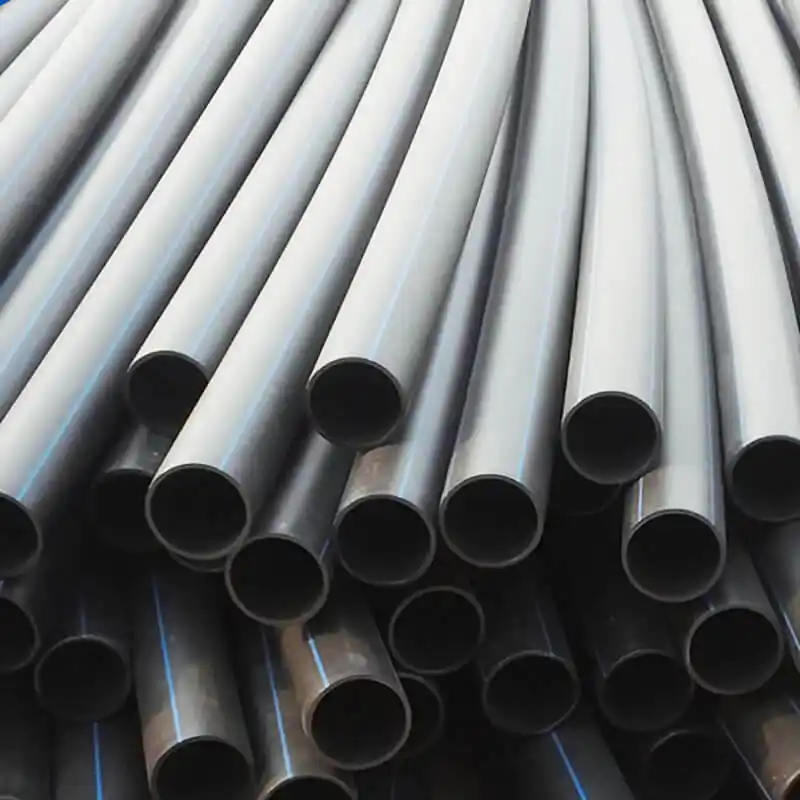
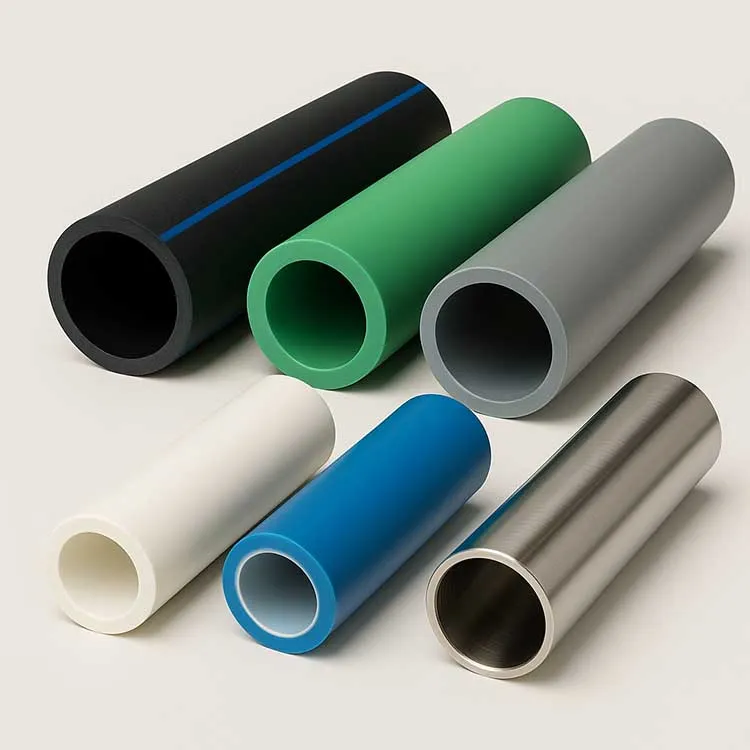
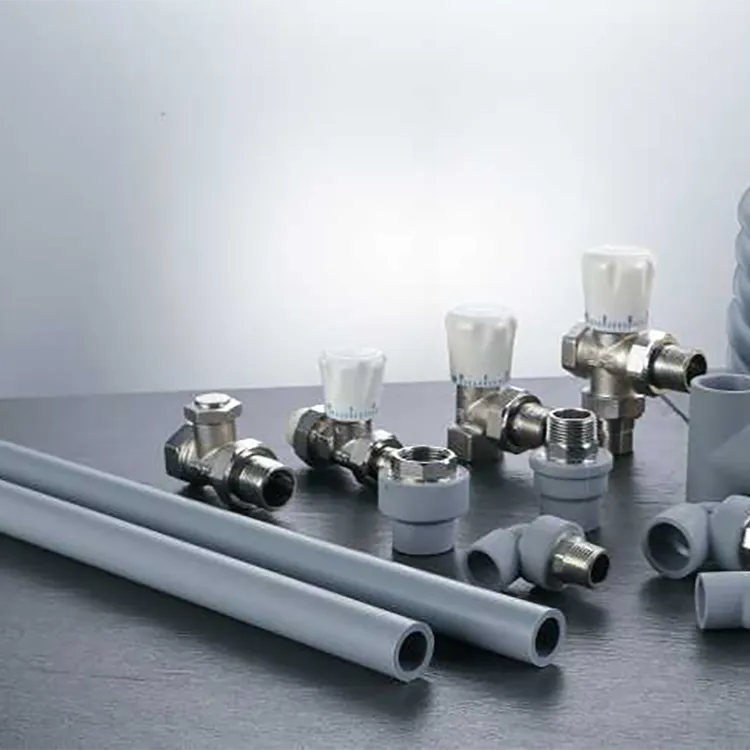
981.webp)
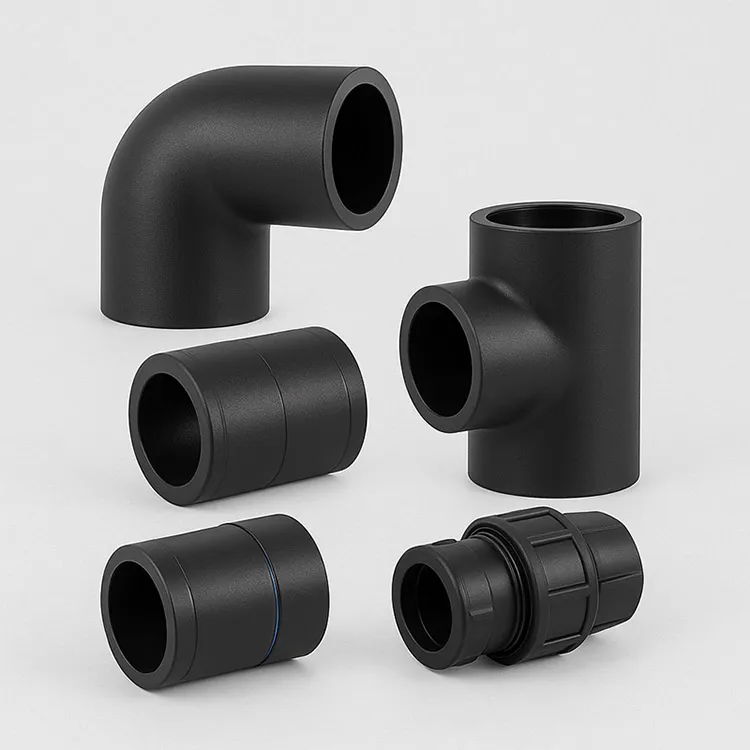
 (1)379.webp)
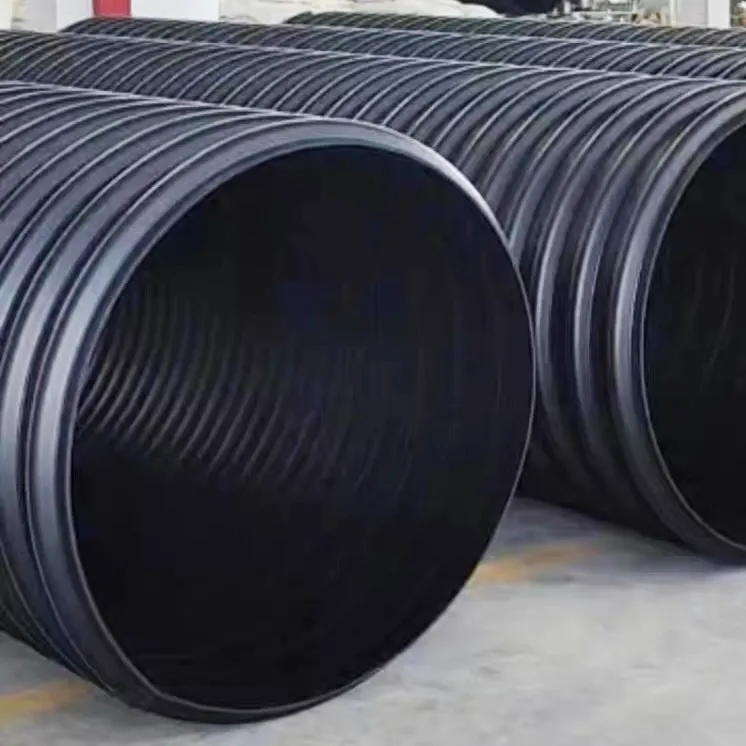
294.webp)
476.webp)
420.webp)
146.webp)
460.webp)
287.webp)
274.webp)
688.webp)


